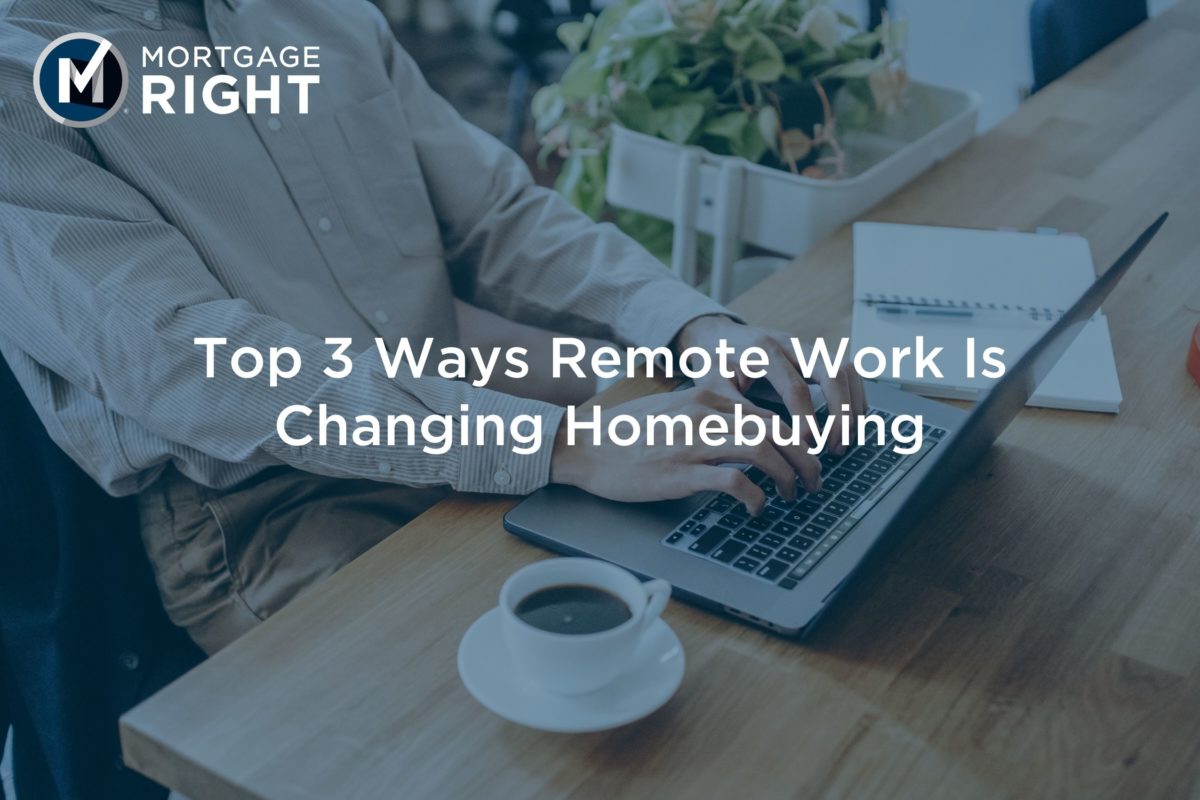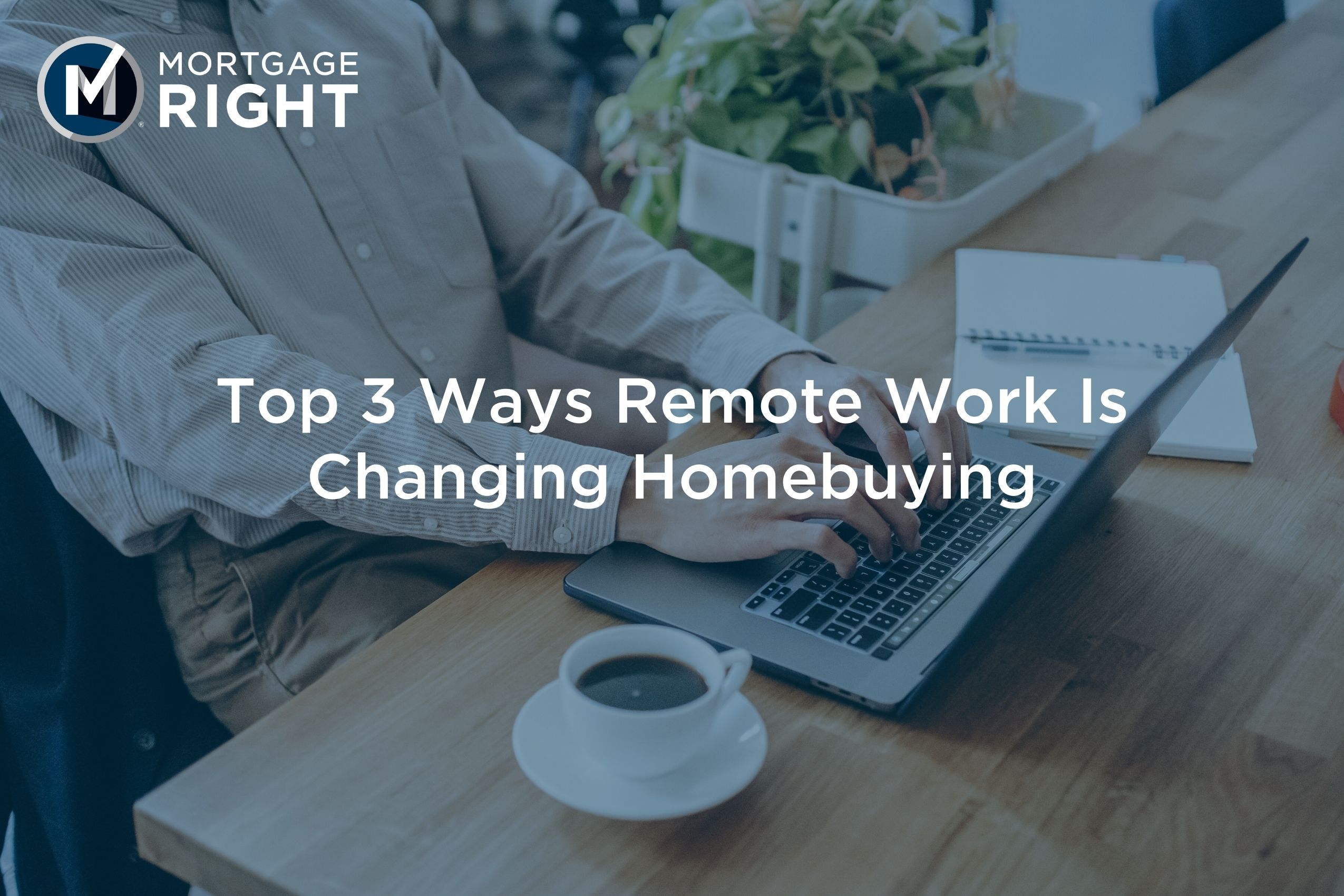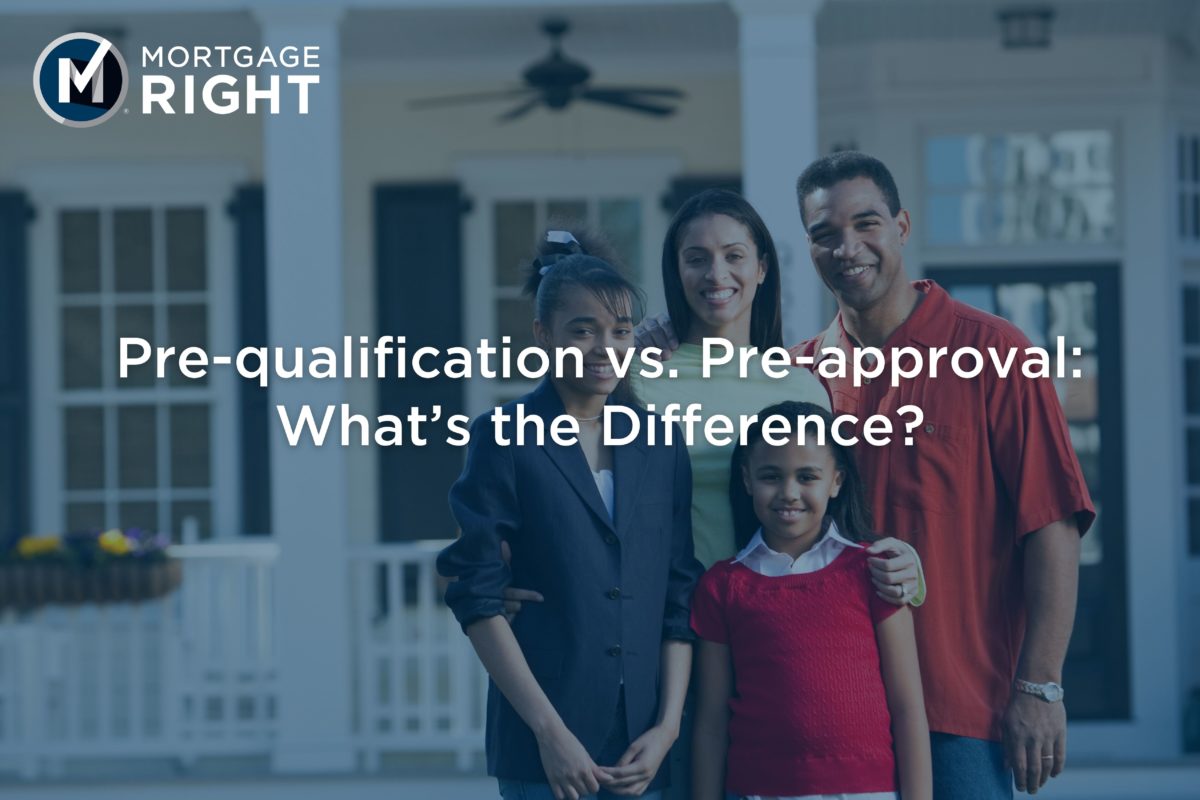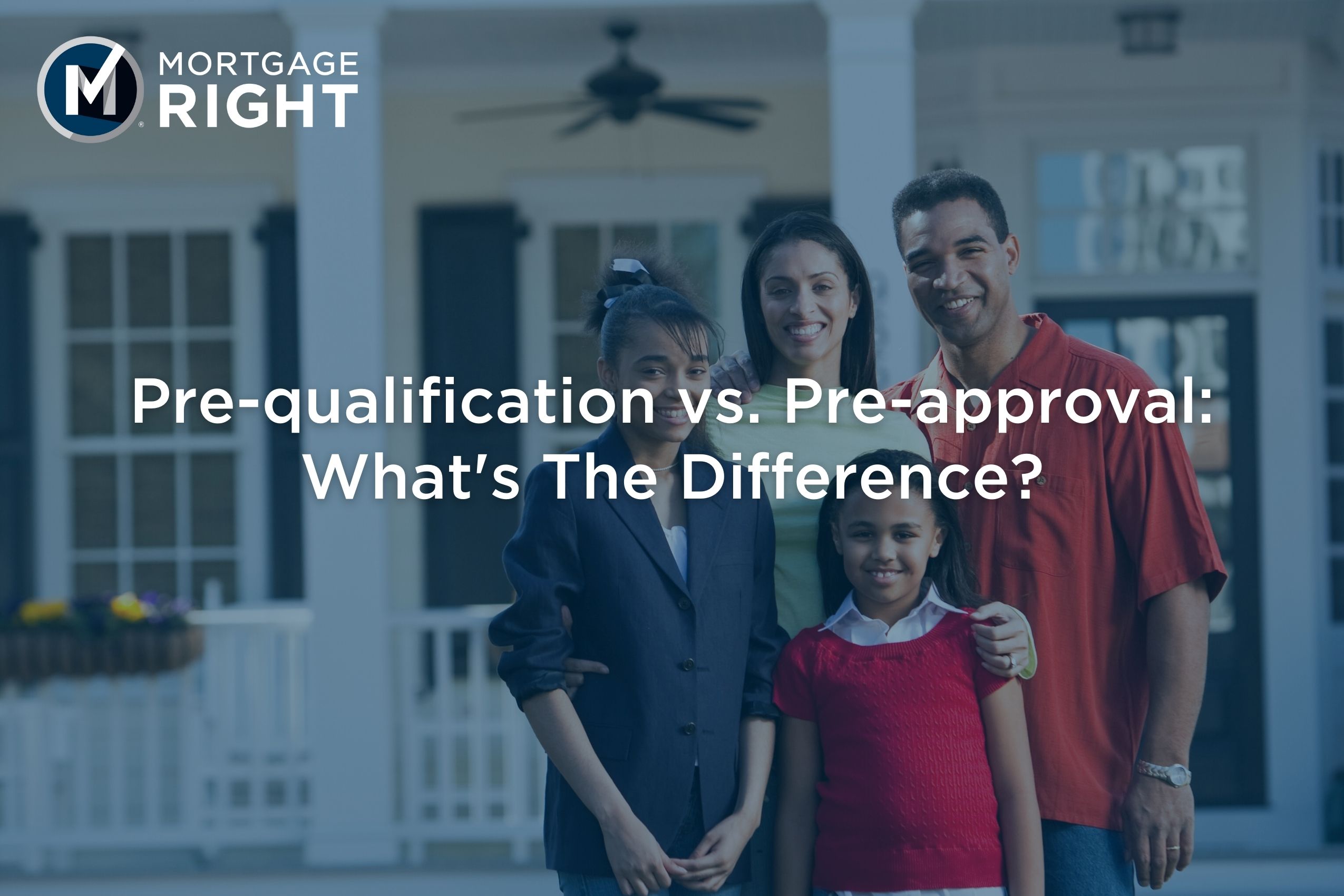
Want to take on homeownership? Great! Found a home that’s RIGHT for you? Even better! Now you need to apply for financing. Don’t sweat it—here’s a helpful breakdown of everything you need to apply for a mortgage loan.
What to do before applying
Do your research
Before you move into the mortgage application process, you must make sure you pick the lender that is RIGHT for you. A mortgage is a relatively long-term commitment, so a healthy borrower-lender relationship is crucial! Do your research and choose a lender that best suits your needs.
Consider your credit score
Your credit score plays a vital role in mortgage approval. As you begin the mortgage application process, check the condition of your credit reports and scores. Acceptable minimum credit scores vary for prospective mortgage applicants, but having a FICO score of 620 or more is a good starting point.
Find the right mortgage type
Every homebuyer is unique. So, to ensure borrower satisfaction, lenders offer several mortgage types to meet different needs. When researching mortgage offerings, you’ll encounter government-backed mortgages, varied loan terms, and multiple mortgage rate options. The most important thing is to seek the best mortgage type for your homeownership goals.
Gather your documents
To make it past the mortgage application process, you’ll need to prove that your lender can trust you to repay a sizable loan amount. This is where documentation comes in. These documents will establish your income stability, assets, creditworthiness, and your financial obligations and debts:
- Driver’s license and Social Security card
- Paystubs for every job held (most recent 30 days)
- W-2s and/or 1099s for the last two years
- Your last two years of tax returns (complete and signed)
- Most recent 2 months’ bank statements
- Alimony or child support documents.
- Other situational information (e.g., bankruptcy/foreclosure documents, divorce decree, armed services documents, etc.)
Have these documents on hand before starting the application process.
How a successful mortgage application process works
- Get pre-approved
- Fill out the application
- Begin loan processing
- Enter the underwriting phase
- Clear-to-close
Step 1: Get pre-approved
Getting pre-approved is one of the most important steps in the mortgage process. It not only lets you know how much house you can afford but also gives you a leg-up over other potential homebuyers when bidding on a home.
When you get pre-approved, your lender will provide you with a pre-approval letter. This official document typically includes the loan amount, down payment amount, expiration date, and more.
Keep this in mind: You can get pre-approved even if you haven’t started searching for a home with our unique pre-approval program. Learn more about our Upfront Underwriting option.
Step 2: Fill out the application
Now that you’ve made all the necessary preparations to begin the mortgage process, it’s time to fill out your application! If you already have a home in mind that you want to buy, great! If not, you can still fill out a mortgage application to see where you stand in the eyes of your chosen lender.
After submitting your complete mortgage application, a lender will pull your credit. By law, a lender has up to three business days after receiving your application to issue you a Loan Estimate form. This form is a detailed disclosure that shows the loan amount, type, interest rate, and all mortgage costs, including mortgage insurance, hazard insurance, closing costs, and property tax.
Step 3: Begin loan processing
In this stage, mortgage loan processors carefully review all information submitted with your mortgage application. All employment, tax, and other claims are verified at this time. You may receive questions and document requests from your lender during the processing phase—but don’t worry! A prompt response to your lender will keep things moving forward.
Step 4: Enter the underwriting phase
You’ve almost reached the finish line at this stage—so sit tight! You typically won’t be contacted during the underwriting phase, but if you are, it will be to answer a few more questions and provide more documents.
Underwriters will be working diligently to assess delinquency risk and your ability to repay the mortgage loan you’re seeking.
Step 5: Clear-to-close
It’s time to get those keys in hand! To conclude the mortgage process, you will meet with your lender to sign the final documentation. And voila! You’re officially a homeowner.
Keep this in mind: Don’t forget to use this closing session to ask any last-minute questions you may have about your loan.
How long does the entire process take?
The time it takes to reach the end of the mortgage process differs for everyone. The mortgage application-to-closing process can take anywhere from 15 days to several months, depending on the proficiency of the lender you choose, the condition of the housing market, and your personal circumstances.
Get started!
Whether you’re still in the applying phase or a little further on your home-buying journey, you can trust us to satisfy your homeownership needs! If you’re looking to purchase a new home, refinance the one you own, or have any questions, contact us here to learn more.



















